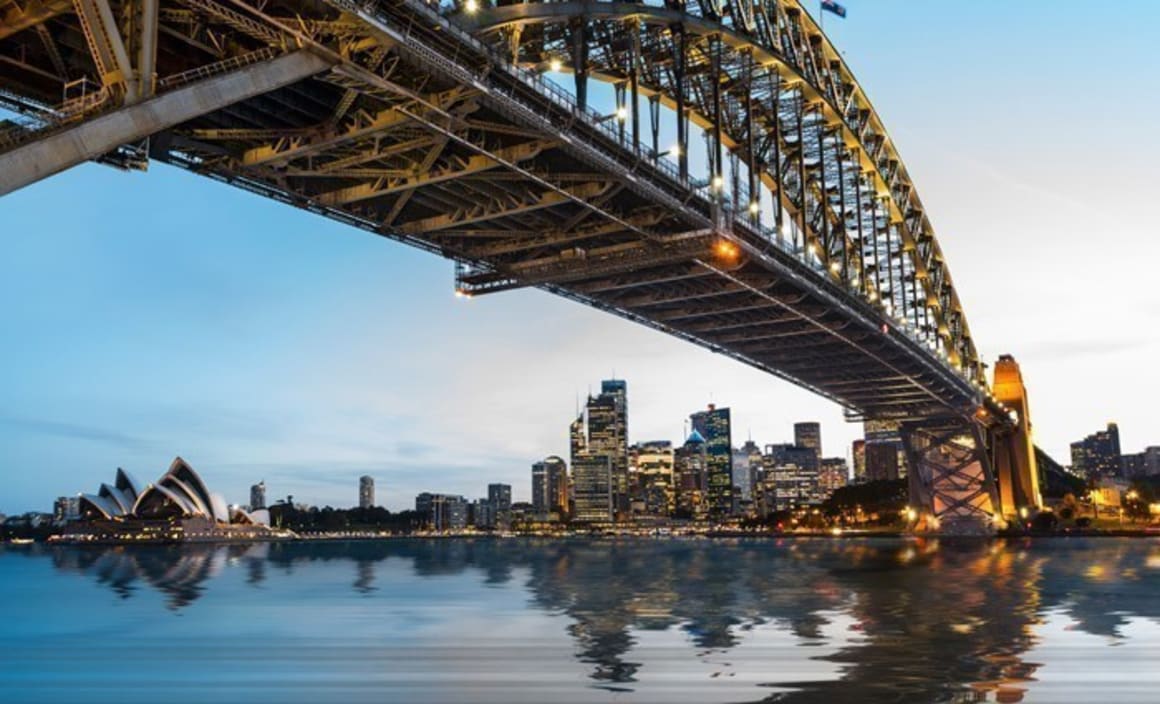Less revenue growth ahead but NSW State Budget benefits from $7.29 billion stamp duty bonanza

The NSW government - sitting on stamp duties that have almost doubled since taking office - will continue to reap the revenues until any correction.
The state budget didn't raise or lower property taxes, with spending on infrastructure the priority.
It noted the recent strength in the Sydney property boom was being especially driven by properties valued over $1.2 million, the NSW State Budget revealed, though the housing boom longevity is not being assumed by the NSW Treasury.
"The $1.2 million plus market accounted for only a relatively small proportion of properties, but made a large contribution to the growth in revenue," the budget papers advised.
The New South Wales budget was released at midday on Tuesday, with much information pre-released.
The State Government revealed it is on track to deliver a record $2.1 billion surplus this financial year, instead of the deficit predicted in last year's budget.
The Government's improved financial bottom line is largely due to the stamp duty windfall in stamp duty, due to the Sydney housing boom.
The booming Sydney property market secured a record $7.29 billion revenue in stamp duty, up from $6 billion in 2013-14.
Revenue is tipped to rise to $7.8 billion in 2015-16, and to $8.6 billion by 2018-19.
Turbocharging Treasurer Gladys Berejiklian's first state budget, the tally, which includes residential and commercial property transactions, is $1.29 billion higher than forecast.
But the budget papers indicated residential stamp duty growth was expected to moderate to 11.8% in 2015-16 following growth rates of 21% in 2012-13; 39% in 2013-14 and an estimated 20% spurt in 2014-15.
"Transfer duty is a large and highly cyclical revenue source which is inherently volatile and can be subject to sharp corrections.
"Growth in transfer duty is now more narrowly based than at the beginning of the cycle."
It noted a number of atypical factors had extended the current cycle including low interest rates, population growth and investor demand.
"Recent moves by APRA may also see a slowdown in activity," the budget papers advised.
Figures from the Office of State Revenue showed that, by May, the Government had secured its budgeted figure of $6 billion in land transfer duties, two months ahead of the end of the financial year.
NSW has not adjusted its stamp duty rates for 31 years.
Transfer duty represents 28% of state government revenue. Land tax represents 10%
Premier Mike Baird said increasing housing supply was the most effective action state governments could take on housing affordability, with plans that some of the extra revenue from stamp duty injected into the Housing Acceleration Fund to speed up the delivery of more housing and put downward pressure on home prices.
It will also establish a Greater Sydney Commission, tasked with ensuring targets for the construction of new homes are met.
No change to NSW first home buyer grants in the state budget could intensify activity before the grant's 1 January 2016 reduction.
NSW land tax revenues are forecast to rise at a faster rate than stamp duty revenues, according to the NSW state budget papers.